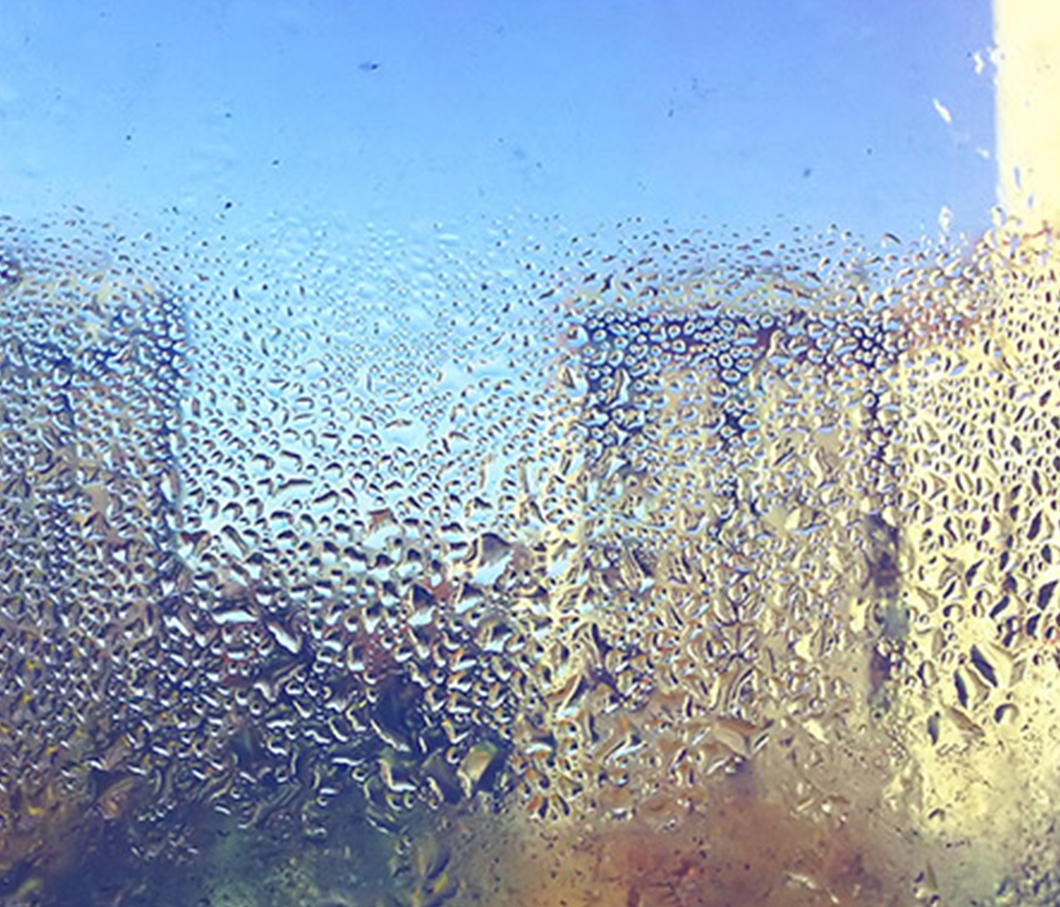Ventilation and Condensation
Ventilation can remove moisture from the air, help keep humidity down, the temperature more consistent and prevent condensation. Condensation in a dwelling can lead to mould.

Ventilation is a big part of keeping condensation under control in the home. Air generally contains water vapour, the ideal gaseous composition of air we talked about earlier without water vapour is what is known as Standard dry air, most air contains water vapour as humidity.
Condensation usually talks about dew point. What is dew point? Dew point is the temperature that air needs to cool to become saturated or to condensate. What does this mean for ventilation? When air cools through contact with a surface that is colder than the air, a surface at dew point, water will condense on the surface causing the home of mould — condensation. To avoid mould we avoid condensation. To prevent condensation, we need to keep the humidity of the air in our home down and try to keep surface and air temperatures approximately (give or take a few degrees) the same. A well ventilated space keeps a nice even humidity (and temperature), removes excess moisture from the air, which stops condensation and mould.
Decentralised ventilation is recommended as a problem solver to remove condensation, because it can be retrofit into existing dwellings without having to install ducting.
Condensation can lead to the growth of mould in a dwelling. Mould can be bad for your health and the building structure. Read more about the effects of mould here.

